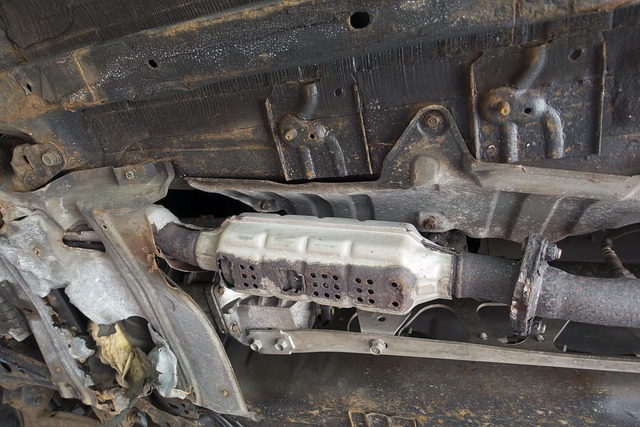Attic mold problems in San Antonio's humid climate are prevalent due to warm, moist conditions ideal for black mold growth (Stachybotrys chartarum). Despite insulation barriers, poor installation or maintenance can trap humidity, leading to structural damage. Homeowners should prioritize proactive measures like adequate ventilation and regular inspections to mitigate issues. Evaluating black mold requires recognizing subtle signs like discolored patches and musty odors, exacerbated by humidity, water leaks, and inadequate ventilation. Advanced tools and lab analysis are crucial for thorough mold inspections, guiding informed remediation decisions to ensure healthy living environments.
In the humid San Antonio climate, attic mold problems are prevalent, posing significant health risks. This article delves into the intricacies of evaluating black mold, a common yet hazardous variant. We explore signs of infestation, underlying causes, and potential dangers to help homeowners identify and address these issues effectively. Understanding attic mold problems is crucial for maintaining a safe living environment, and this comprehensive guide provides insights into the inspection and evaluation process.
- Understanding Attic Mold Problems in San Antonio's Humid Climate
- Evaluating Black Mold: Signs, Causes, and Health Risks
- Comprehensive Mold Inspection and Evaluation Process
Understanding Attic Mold Problems in San Antonio's Humid Climate

In the humid climate of San Antonio, attic mold problems are a prevalent concern for homeowners. The city’s warm and moist conditions create an ideal environment for mold growth, especially in poorly ventilated attics. This is because excess moisture can accumulate in these spaces, leading to the development of black mold (or Stachybotrys chartarum), which is particularly harmful when it comes into contact with human health.
Attic insulation acts as a barrier against outdoor elements, but if not installed or maintained properly, it can trap humidity and foster mold growth. Over time, this can result in not only structural damage to the attic but also pose potential health risks for residents. It’s crucial for San Antonio homeowners to be proactive about attic ventilation and regular mold inspections to mitigate these issues.
Evaluating Black Mold: Signs, Causes, and Health Risks

Evaluating black mold involves recognizing specific signs that indicate its presence, as it can often hide in plain sight. In the case of attic mold problems, San Antonio’s humid climate creates an ideal environment for its growth. Look for discolored patches on walls or ceilings, especially in areas with poor ventilation or visible moisture. Black mold may appear as black, green, or even blue-black spots, and it often emits a musty odor.
The causes of black mold are multifaceted. Excessive humidity, water leaks, inadequate ventilation, and old construction materials all contribute to its development. In humid San Antonio, attic mold problems are particularly common due to the warm, moist air. Once identified, understanding the health risks associated with black mold is crucial. Exposure can lead to respiratory issues, allergic reactions, and even neurological symptoms in severe cases. Prompt evaluation and remediation by professionals trained in mold inspection are essential to mitigate these risks.
Comprehensive Mold Inspection and Evaluation Process

A comprehensive mold inspection involves a meticulous evaluation process designed to uncover hidden attic mold problems, especially pertinent in humid climates like San Antonio. Inspectors utilize advanced tools such as moisture meters and infrared cameras to identify water intrusion and potential mold growth areas. Visual inspection of the attic space is crucial, examining surfaces for signs of discoloration, texture changes, or moldy odors—indicative of black mold presence.
During the evaluation, samples are collected from suspect areas, including air and surface samples, which are then sent to laboratories for culturing and analysis. This step is essential in identifying specific mold species and their levels of toxicity. The data gathered provides a clear picture of the attic mold problem’s extent, allowing for informed decisions regarding remediation and ensuring a healthy living environment.
Attic mold problems are a significant concern in San Antonio’s humid climate, where black mold can thrive. Understanding the signs, causes, and health risks associated with this issue is crucial for homeowners. A comprehensive mold inspection involves a meticulous evaluation process that identifies and assesses the extent of mold growth. By addressing attic mold promptly, residents can mitigate potential health hazards and ensure a safer living environment.
